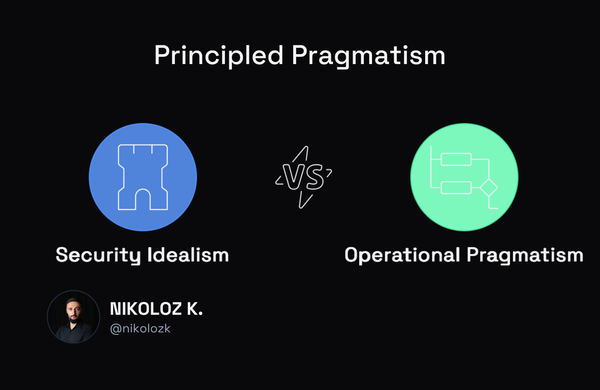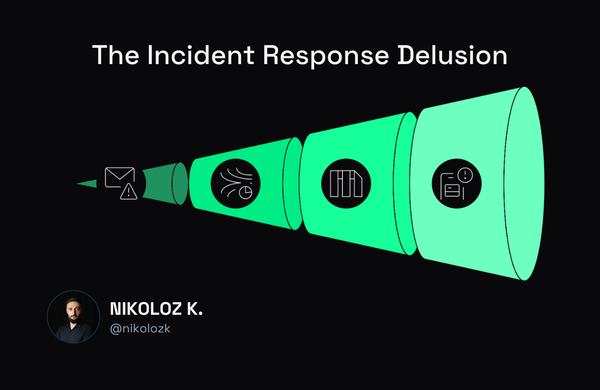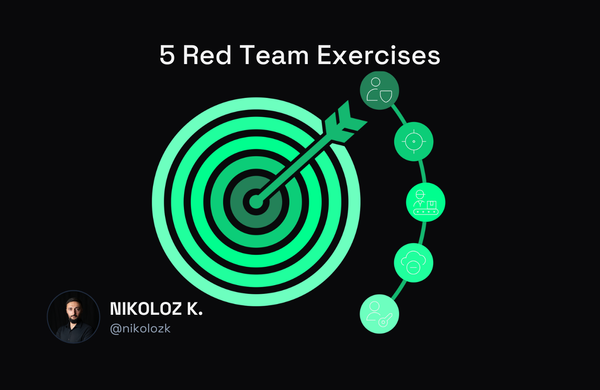Establishing a Robust Vendor Security Assessment Strategy

Nikoloz Kokhreidze
Implement a robust vendor and supply chain security assessment strategy. Learn key steps to define risk appetite, identifying vendors, and ongoing monitoring.

Cybersecurity is paramount for organizations of all sizes in today's digital landscape. In addition to protecting your own systems and data, it's also essential to consider the security practices of your vendor. Establishing a robust vendor security assessment process can help you identify potential risks and boost your organization's security. Here are some key considerations to keep in mind when setting up a strategy of vendor security assessment.
Define Organization's Risk Appetite
Defining an organization's risk appetite can help decision-making by providing a framework for evaluating potential courses of action. It allows organizations to consider the potential risks and rewards of a decision and make choices that align with their overall risk tolerance. This can help you avoid taking on too much risk, leading to financial losses or other negative consequences. By providing a clear set of guidelines for evaluating risks, an organization's risk appetite can help decision-makers make more informed and strategic choices. Learn more about Defining Your Organization's Risk Appetite.
Identify Your Vendors
The first step is to create an accurate list of all your vendors, including third-party and cloud-based services. This will help you understand the scope of your vendor security assessment process and identify which vendors you will need to assess.
Establish Security Requirements
Once you've identified your vendors, you'll need to set up security requirements for them. This includes guidelines for acceptable use, data protection, and access control. You should also establish a process for monitoring and assessing your vendor's security practices.
Develop a Risk Profile
Developing a risk profile for each vendor based on their security practices is essential. This will help you identify potential risks and take measures to protect your organization from them.
Create a Security Assessment Plan
Create a security assessment plan based on your vendor's risk profiles. This should include the frequency of assessments and the types of tests that you should perform.
Monitor and Report
As part of your vendor security assessment process, you should regularly monitor your vendor's security and report any discrepancies or issues. This will help ensure that any potential risks are identified and addressed quickly.
Update the Inventory
Like everything in life, nothing stays the same forever. As your organization grows and changes, you might decide that some vendors are no longer needed or relevant to your business goals. This is a time to review your vendors, update their statuses and ensure that you have a clear list of vendors with whom you cooperate.
Following these critical considerations ensures that your organization is secure and protected from potential risks. After all, establishing a robust vendor security assessment process is essential for keeping your data and systems safe and secure.



